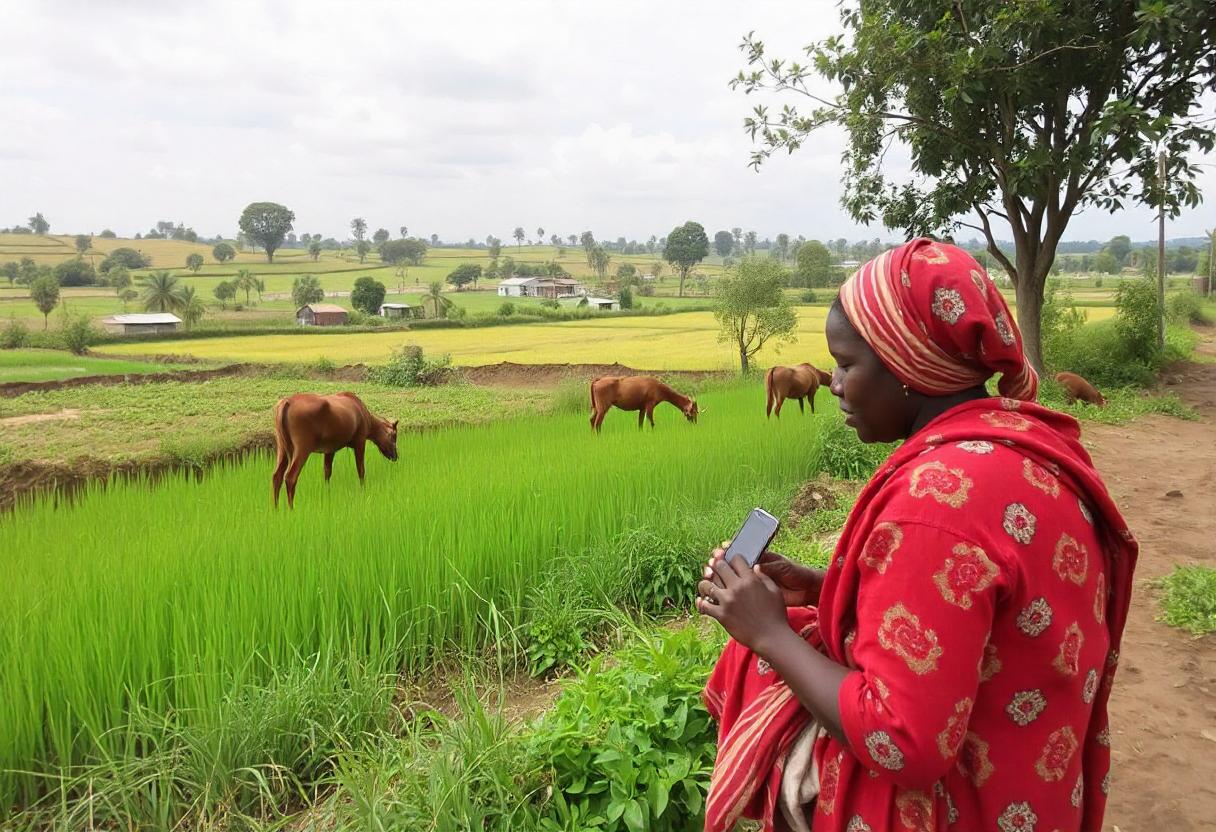
Land tenure and property rights play a crucial role in agricultural development. These systems define how land is owned, accessed, and utilized, directly impacting agricultural productivity and rural livelihoods. In many regions, particularly in developing countries, land tenure systems can be complex and diverse, shaped by historical, cultural, and political factors.
Types of Land Tenure Systems
There are several types of land tenure systems globally, each with its implications for land use and ownership. Common types include:
- Private ownership: In this system, land is owned by individuals or companies who have full rights to use, sell, lease, or transfer the property. It provides security and long-term incentives for investment in agriculture.
- Communal ownership: Land is held collectively by a community or group, with shared access and usage rights. This system is often found in traditional societies and provides a safety net for members of the community.
- State ownership: The government owns the land, and individuals or entities may be granted use rights or leases. This system is common in countries with socialist histories or land reform policies.
- Leasehold: Individuals or entities lease land from a landowner (which could be a private owner, community, or government) for a specified period. Leases may range from short-term to long-term, impacting the level of investment made by the leaseholder.
Importance of Land Tenure for Agricultural Productivity
Land tenure security is critical for encouraging investment in agriculture. When farmers have secure rights to land, they are more likely to invest in long-term improvements such as irrigation systems, soil fertility, and crop diversification. Without security, farmers face the risk of eviction or loss of land, which deters them from making significant agricultural investments.
Moreover, secure land tenure facilitates access to credit. In many cases, land can be used as collateral for loans, enabling farmers to borrow funds for purchasing inputs, improving infrastructure, or expanding their operations. Farmers without clear property rights often struggle to access formal financial services.
Property Rights and Gender Equality in Agriculture
Gender inequality in land tenure and property rights remains a significant challenge in many parts of the world. Women, who constitute a large proportion of the agricultural labor force, often have limited access to land ownership due to cultural norms and legal barriers. Even when women are legally entitled to inherit or own land, social practices may restrict their actual access or control over the land.
Improving women’s land rights is essential for increasing agricultural productivity and household welfare. Studies have shown that when women have secure land tenure, they are more likely to invest in the land, adopt sustainable farming practices, and improve food security for their families.
Customary and Formal Land Tenure Systems
In many countries, especially in Africa and Asia, customary and formal land tenure systems coexist. Customary systems are based on traditional norms and practices, often governed by local leaders or communities. Formal systems, on the other hand, are codified in national laws and typically involve land registration and titling.
The coexistence of these systems can create challenges, particularly in rural areas where formal land titling processes are slow or inaccessible. Disputes over land ownership or usage rights may arise, and in some cases, customary landholders may be excluded from formal legal protections.
Land Tenure Reforms
Land tenure reforms are often undertaken by governments to address issues of inequity, inefficiency, or underutilization of land. These reforms may include land redistribution programs, formalization of customary rights, or modernization of land registration systems.
Land reform efforts can have significant impacts on agricultural development, especially when they empower marginalized groups, such as smallholder farmers or women. However, poorly designed reforms may also lead to unintended consequences, such as land fragmentation, conflicts, or reduced agricultural productivity.
Challenges in Land Tenure and Property Rights
Several challenges persist in land tenure and property rights systems, affecting the agricultural sector. These include:
- Land fragmentation: As land is passed down through generations or redistributed, it can become increasingly fragmented, leading to smaller, less productive plots.
- Land grabbing: In some cases, large-scale land acquisitions by corporations or foreign investors can displace smallholders, reducing their access to land and resources.
- Weak enforcement of property rights: Even when legal frameworks exist to protect land rights, weak governance or corruption can undermine their effectiveness, leaving landholders vulnerable to disputes or expropriation.
- Environmental sustainability: Insecure land tenure may lead to overuse or degradation of natural resources, as landholders focus on short-term gains rather than long-term sustainability.
Land tenure and property rights remain a critical issue for the agricultural sector, influencing productivity, investment, and social equity. Understanding these systems and addressing their challenges is essential for promoting sustainable agricultural development and rural livelihoods.